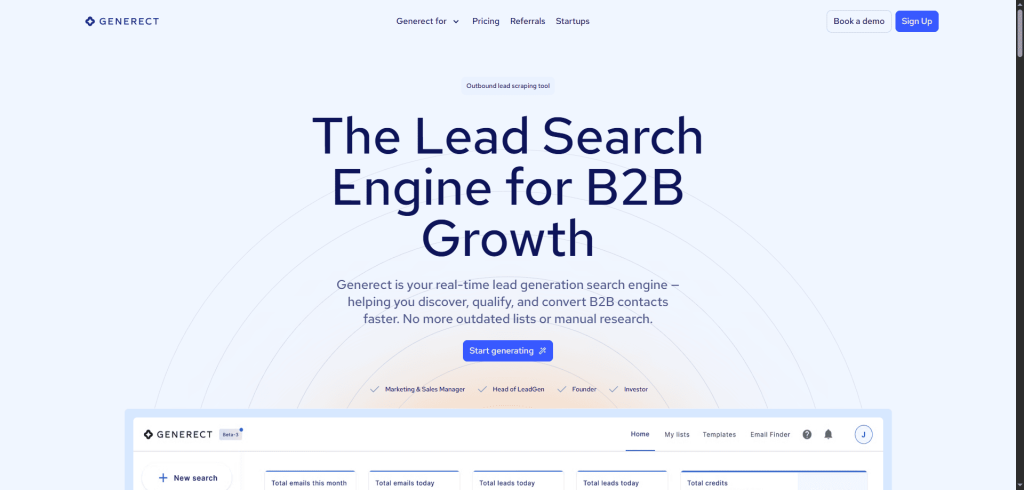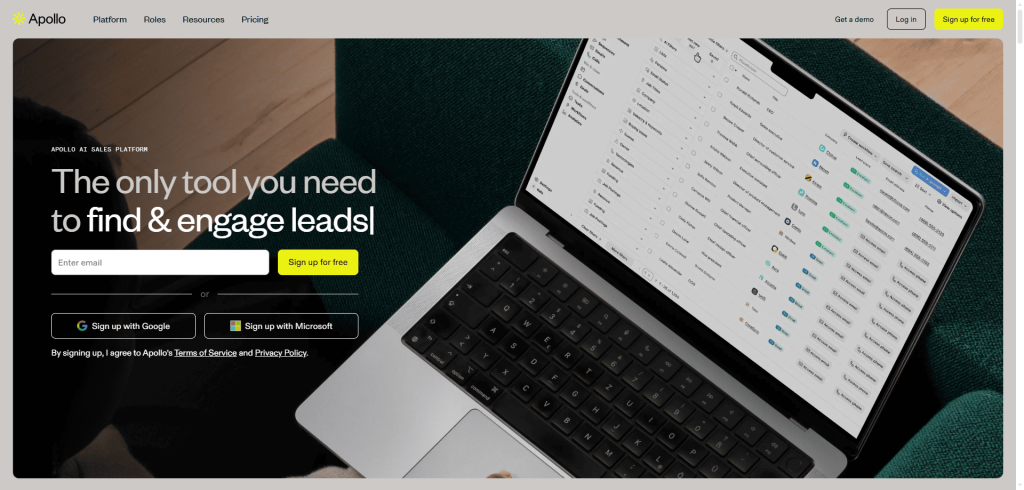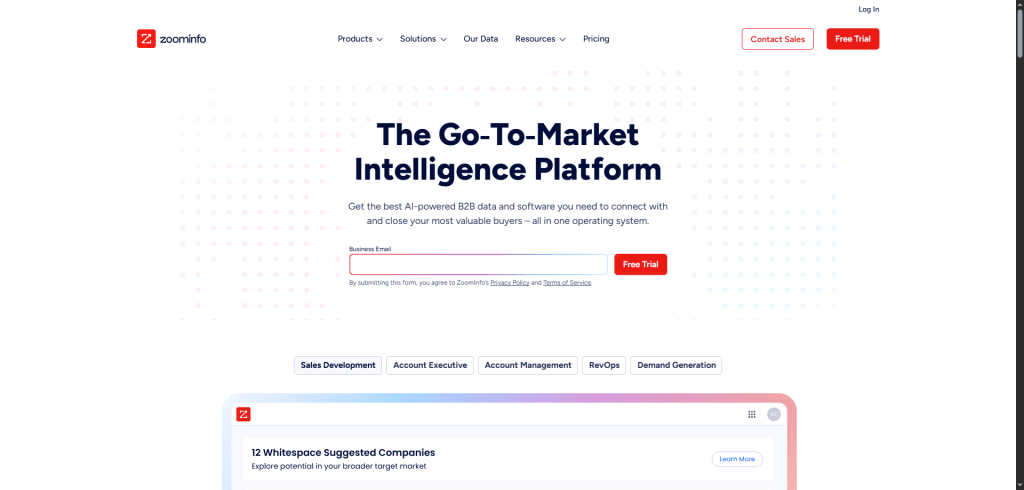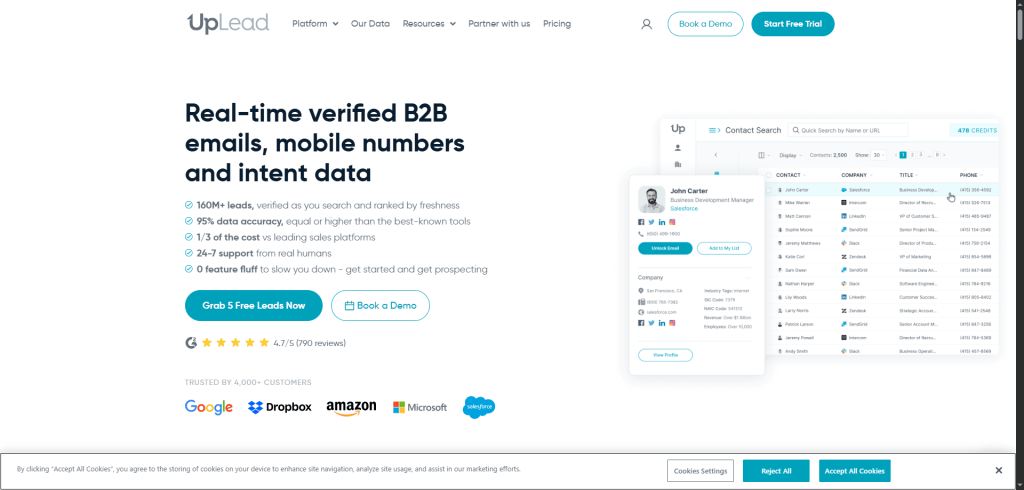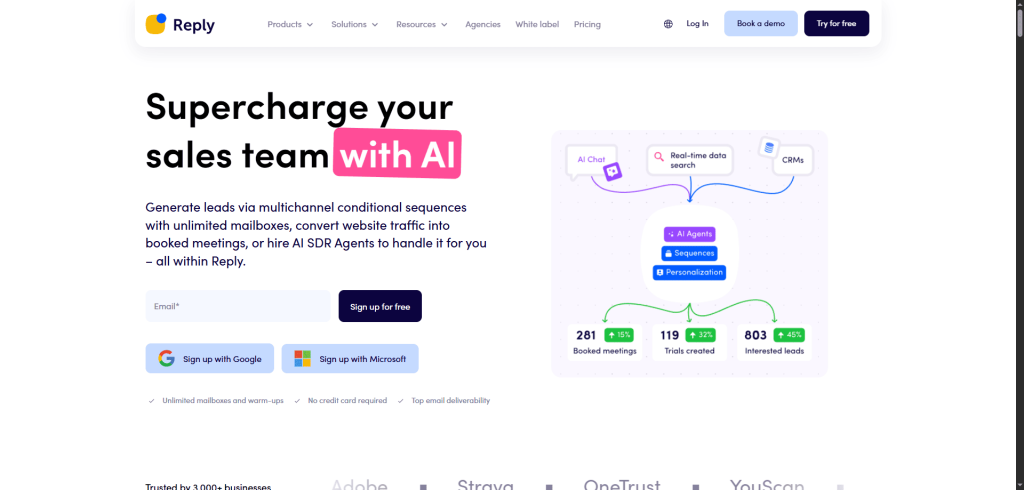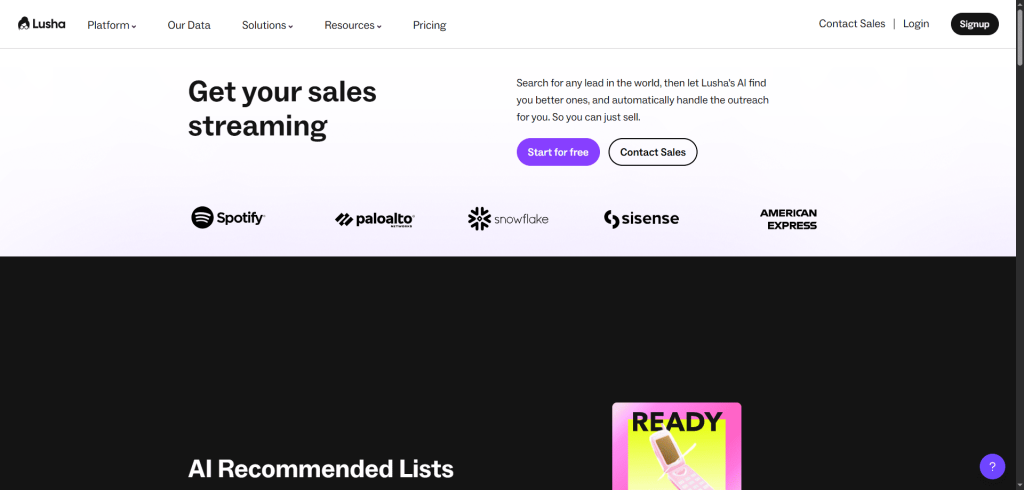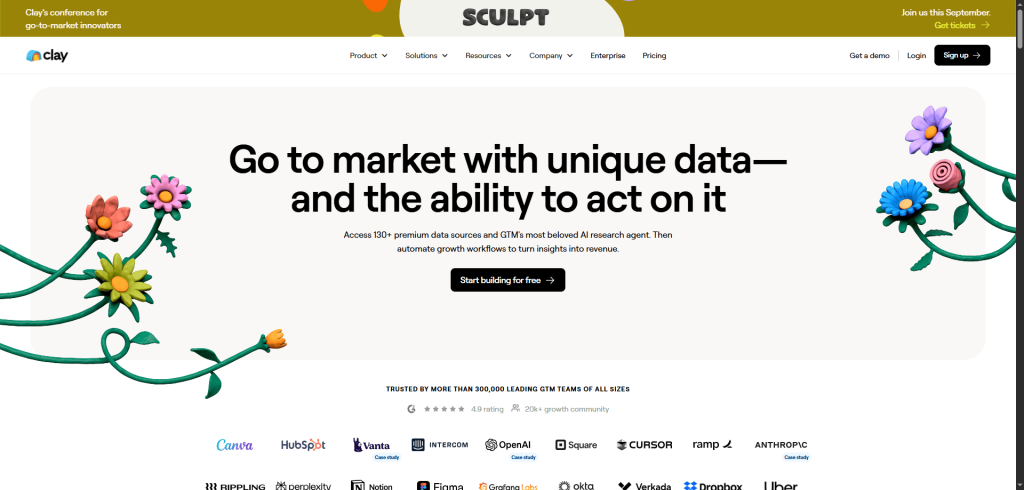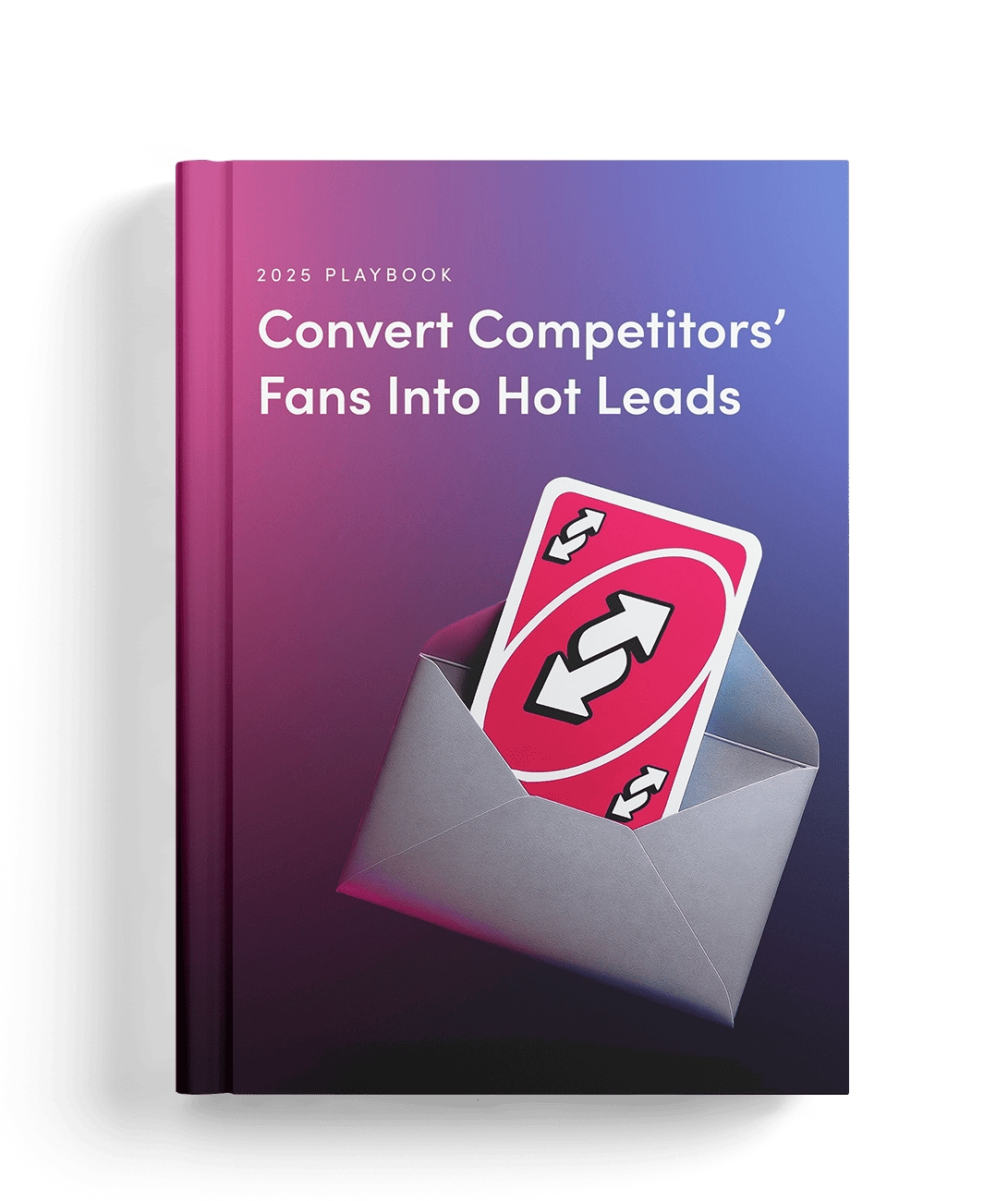If you’re tired of chasing cold leads and getting nowhere, this guide is for you.
B2B lead generation has changed a lot. Now, finding high-quality leads is easier (and faster) if you know where to look and what to do.
In 2025, you don’t need a big team or a complex strategy to fill your sales pipeline. You just need the right tools, a smart approach, and a few proven tactics.
In this article, you’ll answer the “Where can I find B2B sales leads?” question:
- Use platforms like LinkedIn to find the right people (and start real conversations)
- Automate the boring stuff so you can focus on closing
- Spot warm leads who are ready to buy before your competitors do
- Personalize outreach without spending hours writing emails
You won’t find any outdated tactics or confusing sales lingo here. We’ll walk through each step clearly so you can start seeing results right away.
Ready to learn more? Then let’s get started and first go over the basics.
What is a B2B lead?
Before we dive into how and where to find B2B leads, let’s get clear on what a B2B lead actually is.
A B2B lead is a business contact who could become a customer. They work at a company that might need your product or service. They’re someone who could actually buy from you.
But not all leads are the same. Some are more ready to talk than others.
There are two main types of leads you’ll come across:
Cold leads haven’t interacted with your brand yet. You’re starting the conversation. They may not be actively looking, but with the right approach, they could be interested.
Warm leads, on the other hand, already know a bit about you. Maybe they visited your website, downloaded a guide, or signed up for a demo. They’ve shown some interest and are easier to engage.
So, what turns a random contact into a promising lead?
Usually, it’s about fit. Pay attention to the following points:
- Job title → are they involved in decision-making?
- Company size → can they afford or actually use your product?
- Industry → does what you sell make sense for their field?
- Location → is geography a factor in your offer?
These details help you focus your time on the right people.
One more thing to know: not all leads come from outreach.
There are inbound leads (they come to you → via your content, ads, or website) and outbound leads (you go to them → via email, calls, or social selling).
Both can work. What matters most is understanding who you’re targeting and why.
Now, let’s break down what a high-quality lead really is.
What makes a lead “good” in 2025?
In 2025, chasing hundreds of random contacts won’t help your business grow. It’s all about how qualified they are. Quality beats quantity every time. A handful of strong, interested leads will always outperform a long list of cold, unresponsive ones.
So, what makes a lead “good”?
They need to be relevant to what you’re offering. That means they work in the right industry, have the problem your product or service solves, and have both the budget and authority to make a decision. You don’t want to spend time pitching someone who simply can’t buy from you.
Also, look at intent. A good lead shows signs they’re likely to buy. You might notice they’re engaging with your content, opening emails, clicking through to your pricing page, or asking for more information.
They might even interact with your brand on multiple channels like LinkedIn, your website, or a chatbot. These are all strong buying signals that tell you it’s worth pursuing the lead further.
Now, let’s talk about buying behavior in 2025. It’s changed fast.
Today’s buyers are doing more research on their own. They’re using AI tools to compare solutions before they ever talk to sales. They expect value upfront and quick answers.
Plus, they’re active across channels = email, LinkedIn, webinars, search. So your outreach should match that. Meet them where they are.
A good lead today is someone who fits your offer, shows genuine interest, and engages on the platforms they trust. Focus on those, and you’ll spend less time chasing and more time closing.
Now you know what a good lead looks like, but how do you actually find them? Let’s find out.
How to find leads for B2B sales in 2025? (the easiest ways)
You don’t need a massive team or complicated strategy to find great B2B leads in 2025. You just need the right tools and a few smart channels. To make this even easier, here’s a quick table you can follow. Just pick what fits your goals and resources:
| Method | What it’s best for | Effort level |
| AI-powered tools (Jason AI SDR) | Automating outreach & booking calls | Low |
| Niche communities & forums | Building trust & relationships | Medium |
| Inbound content (SEO, LinkedIn) | Attracting warm leads | Medium-High |
| Data providers (Generect, ZoomInfo) | Building targeted lead lists | Medium |
| Referrals | Earning trust fast | Low |
Let’s go over some of the easiest (and most effective) ways to find B2B sales leads today.


